Publications
Search publications
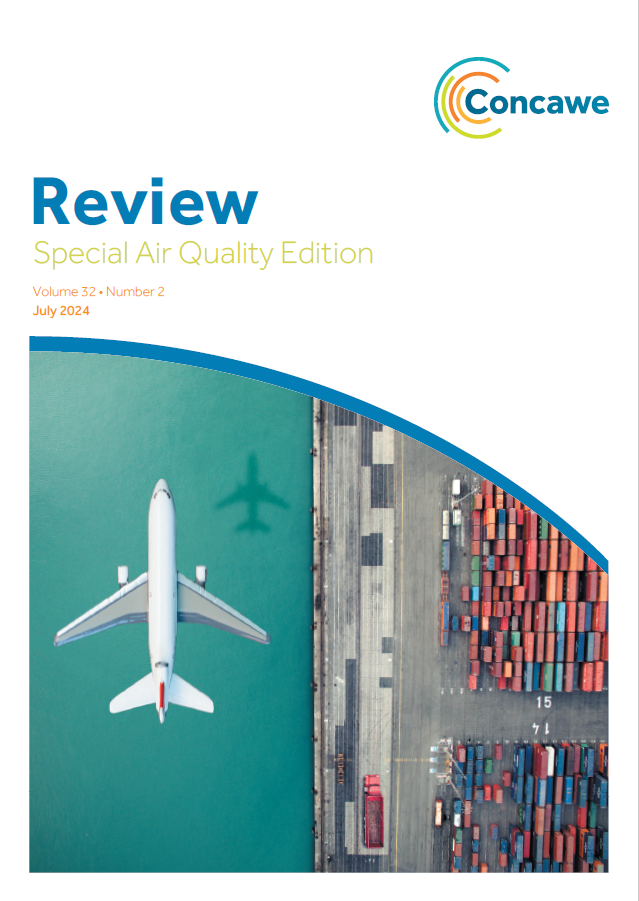
July 15, 2024
Concawe Review 32.2 – Special Air Quality Edition
This Review is focused on air quality.
The first and third articles in this Review summarise studies conducted in collaboration with TNO, which analyse the influence that some sectors have on the a...
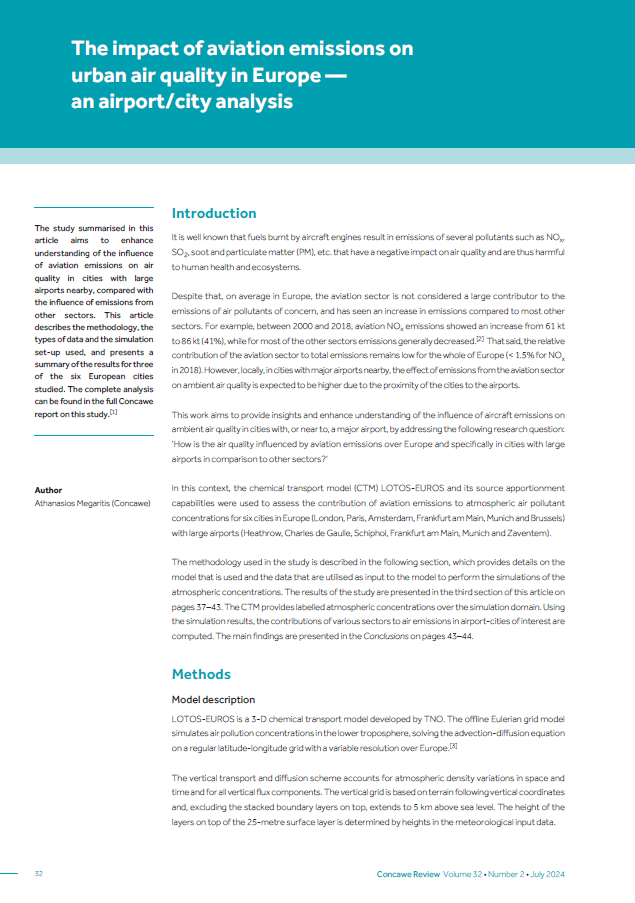
July 15, 2024
The impact of aviation emissions on urban air quality in Europe – An airport/city analysis
This article presents results from a modelling study carried out to assess the influence that aviation emissions have on air quality in Europe. Using a 3-D chemical transport model (LOTOS-EUROS) and i...
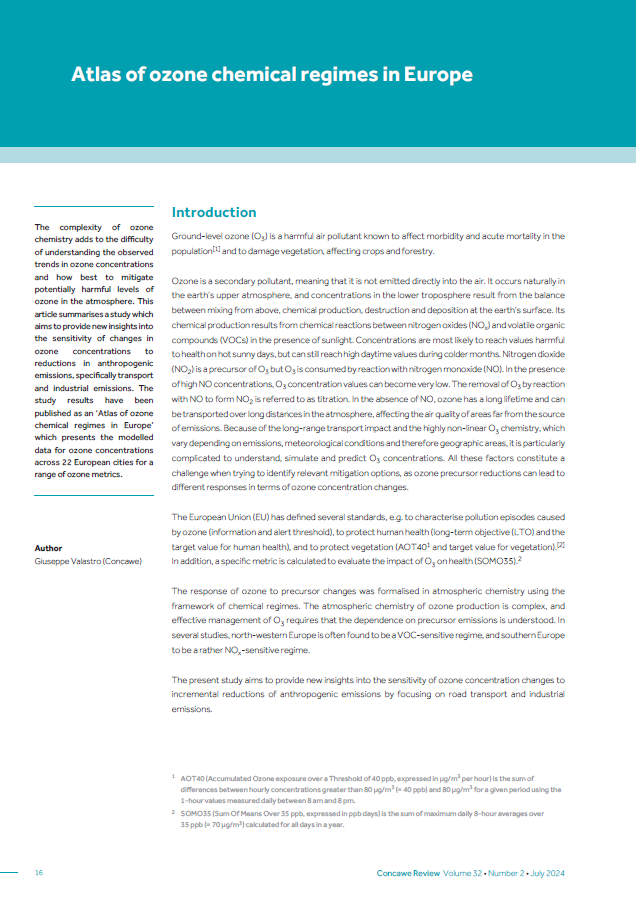
July 15, 2024
Atlas of Ozone chemical regimes in Europe
While concentrations of most air pollutants have been decreasing in Europe over the past 20 years, ozone (O3 ) is showing variable trends, with increasing average concentrations and decreasing peak on...
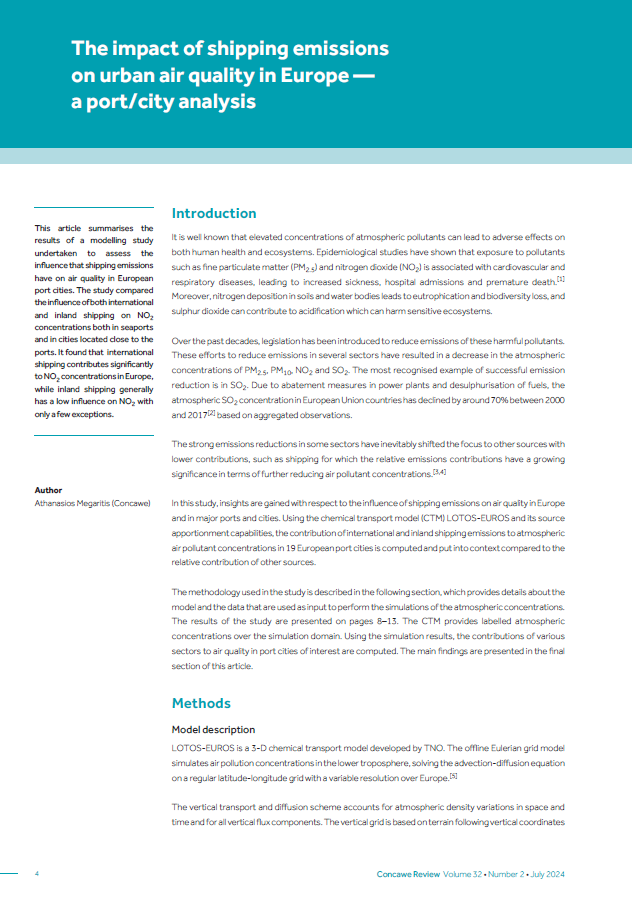
July 15, 2024
The impact of shipping emissions on urban air quality in Europe – A port/city analysis
This article presents results from a modelling study carried out to assess the influence that shipping emissions have on the air quality in European port cities. Using a 3-D chemical transport model (...
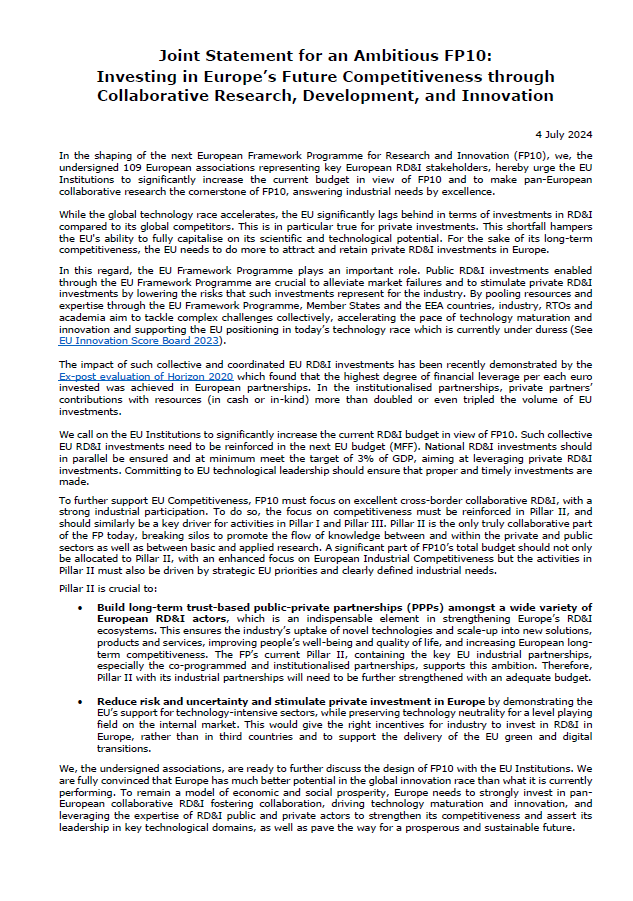
July 4, 2024
Joint Statement for an Ambitious FP10: Investing in Europe’s Future Competitiveness through Collaborative Research, Development, and Innovation
In the shaping of the next European Framework Programme for Research and Innovation (FP10), we, the undersigned 109 European associations representing key European RD&I stakeholders, hereby urge t...
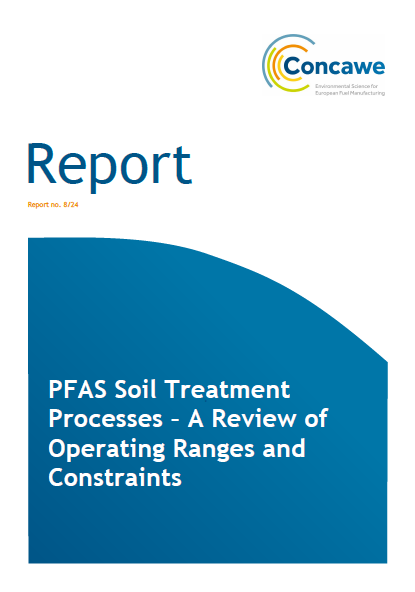
May 21, 2024
PFAS Soil Treatment Processes – A Review of Operating Ranges and Constraints
Report Nº 8/24: Per- and polyfluoroalkyl substances (PFAS) are a broad class of man-made chemicals, exceeding several thousands, which have been widely used in industrial and consumer applications si...
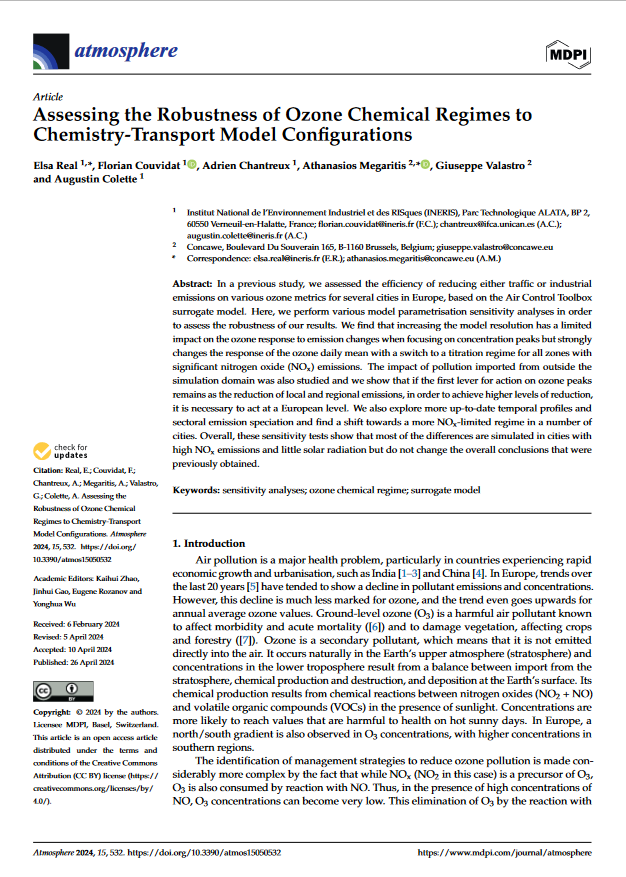
April 29, 2024
Assessing the robustness of Ozone Chemical Regimes to chemistry-transport model configurations
In a previous study, we assessed the efficiency of reducing either traffic or industrial emissions on various ozone metrics for several cities in Europe, based on the Air Control Toolbox surrogate mod...
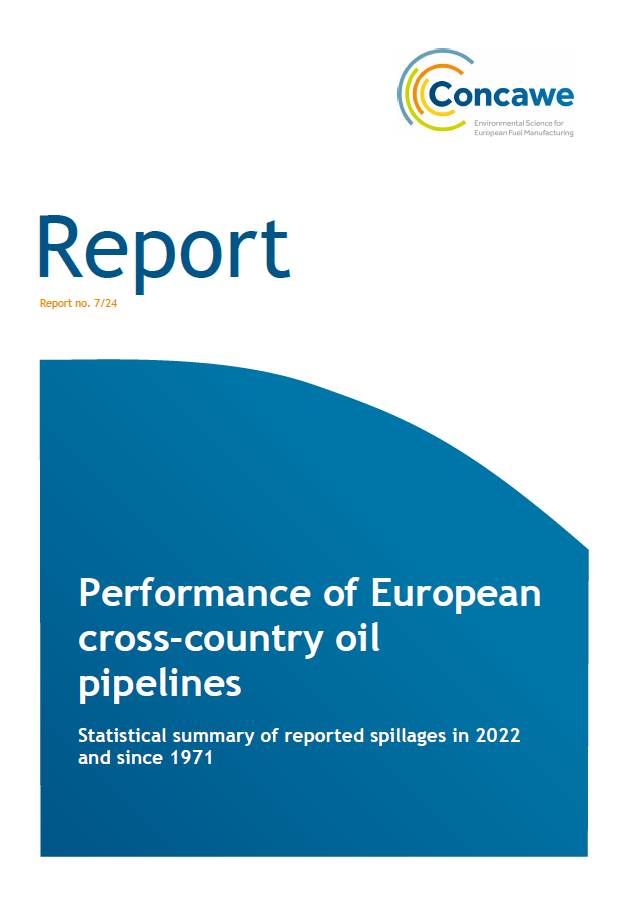
April 25, 2024
Performance of European cross-country oil pipelines – Statistical summary of reported spillages in 2022 and since 1971
Report Nº 7/24: Concawe has collected 52 years of spillage data on European cross-country oil pipelines. At over 35,000 km the current inventory covered by the Concawe survey includes the majority of...
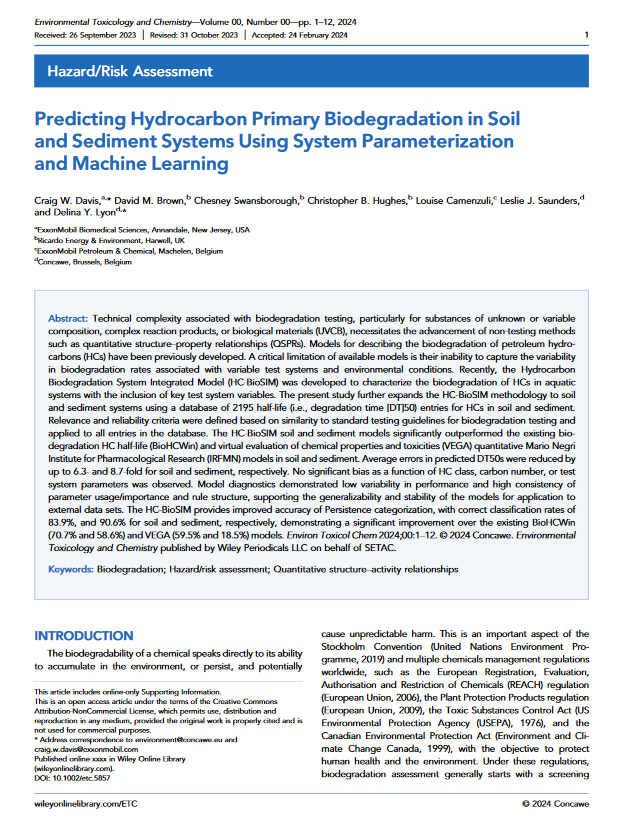
April 15, 2024
Predicting hydrocarbon primary biodegradation in soil and sediment systems using system parameterization and machine learning
Technical complexity associated with biodegradation testing, particularly for substances of unknown or variable composition, complex reaction products, or biological materials (UVCB), necessitates the...
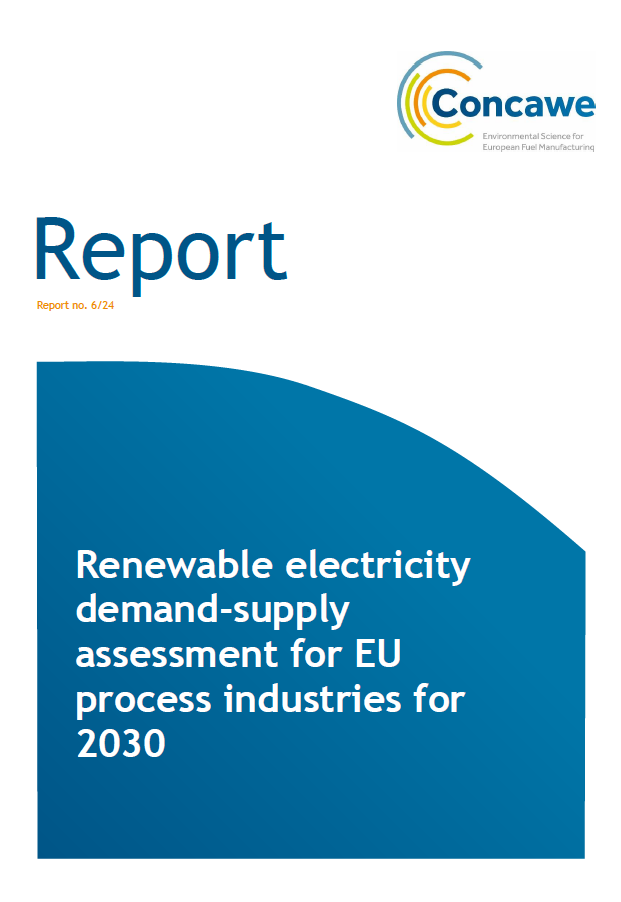
April 9, 2024
Renewable electricity demand-supply assessment for EU process industries for 2030
Report Nº 6/24: VITO/EnergyVille was commissioned to do a quantitative assessment of renewable electricity (RES-E) supply and demand projections for process and fuel manufacturing industries for 2030...
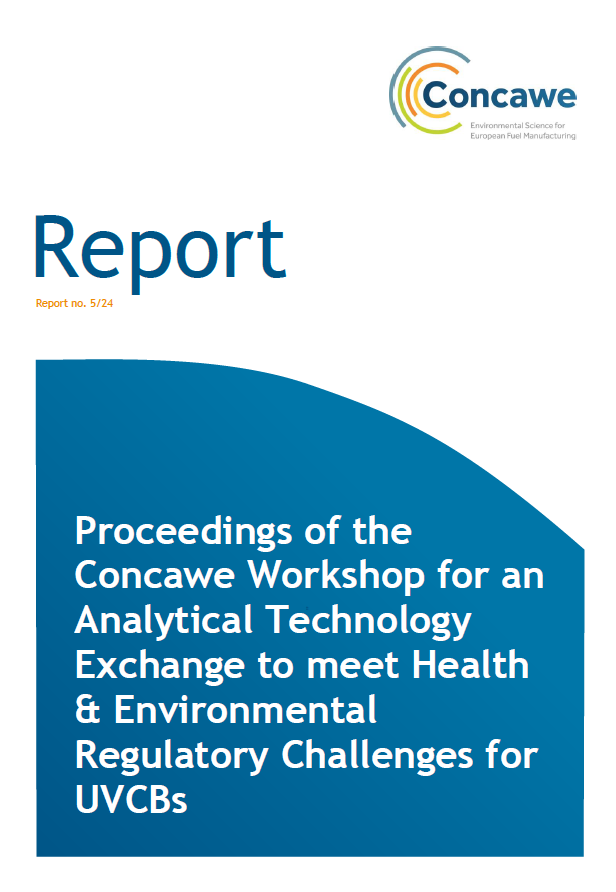
April 9, 2024
Proceedings of the Concawe Workshop for an Analytical Technology Exchange to meet Health & Environmental Regulatory Challenges for UVCBs
Report Nº 5/24: These proceedings are a record of the Concawe workshop held in Helsinki, Finland at the European Chemicals Agency (ECHA) on the 8th November 2023.
The workshop aimed to increase th...
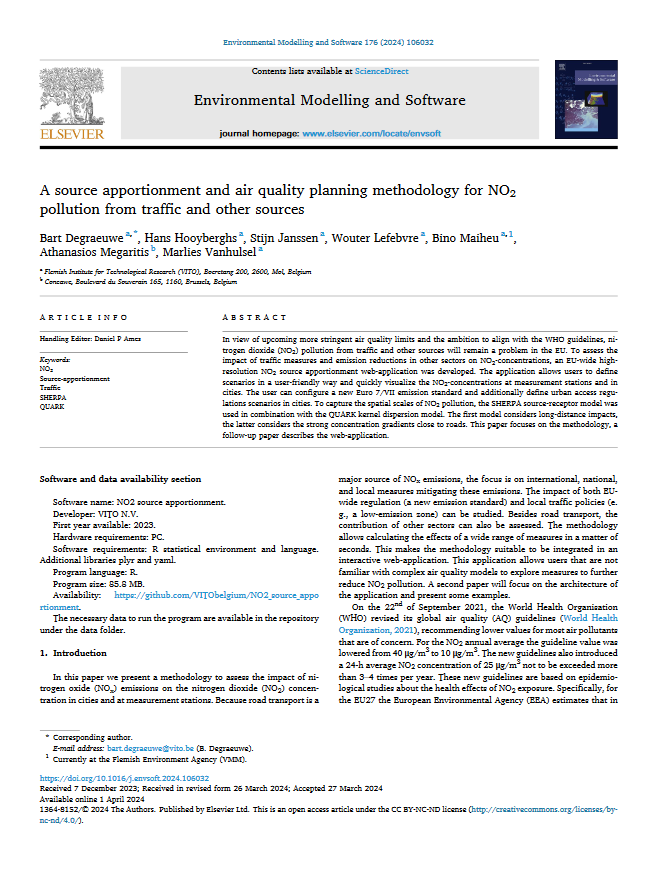
April 8, 2024
A source apportionment and air quality planning methodology for NO2 pollution from traffic and other sources
In view of upcoming more stringent air quality limits and the ambition to align with the WHO guidelines, nitrogen dioxide (NO2) pollution from traffic and other sources will remain a problem in the EU...
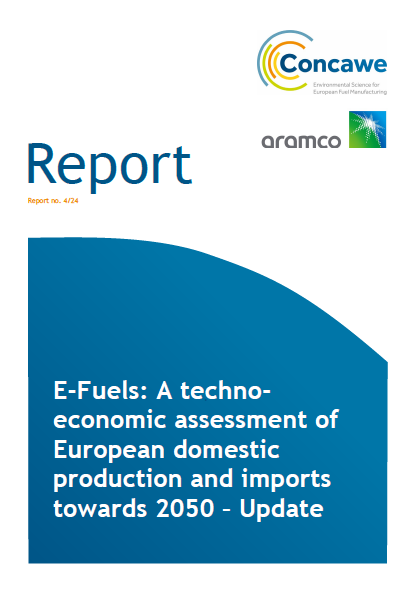
March 18, 2024
E-Fuels: A techno-economic assessment of European domestic production and imports towards 2050 – Update
Report Nº 4/24: Concawe and Aramco have jointly commissioned this study, aiming to conduct a techno-environmental (Part 1) and economic (Part 2) analysis of different e-fuels pathways produced in dif...
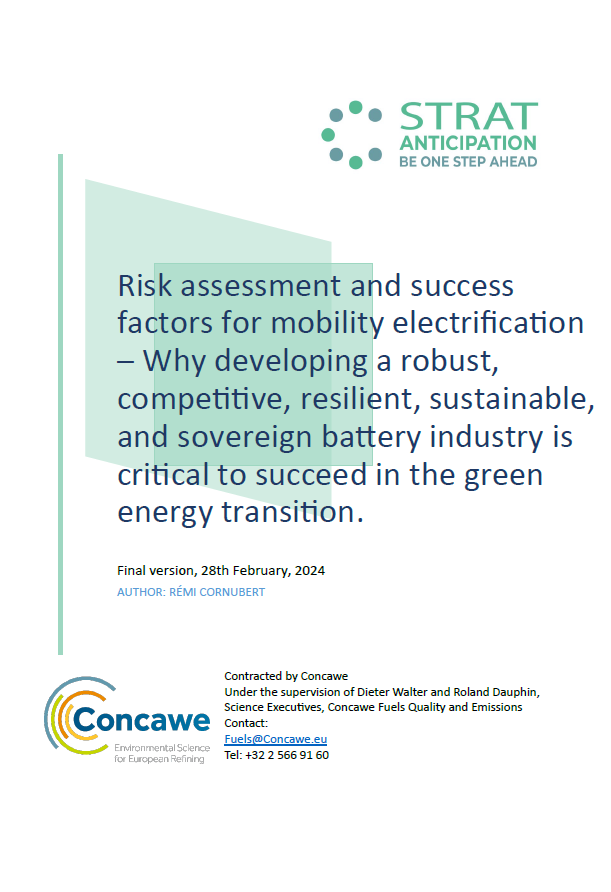
March 7, 2024
Risk assessment and success factors for mobility electrification – Why developing a robust, competitive, resilient, sustainable, and sovereign battery industry is critical to succeed in the green energy transition
High-performance batteries play a crucial role in the advancement of electric mobility. They are essential for unlocking the full potential of electrification in transportation, while also presenting...
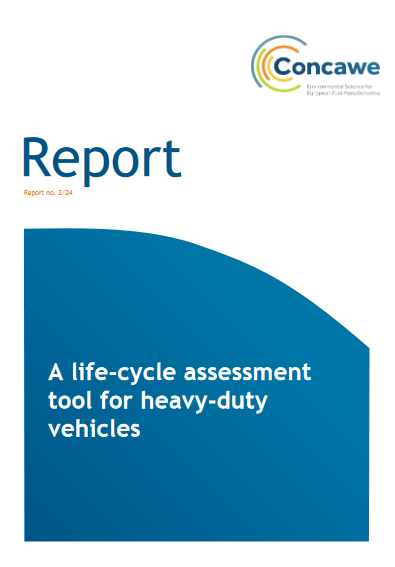
March 5, 2024
A life-cycle assessment tool for heavy-duty vehicles
Report Nº 3/24: This report is the supporting document to the life-cycle assessment tool for heavy- duty vehicles (HDVs) developed by IFP Energies nouvelles and commissioned by Concawe that was publi...
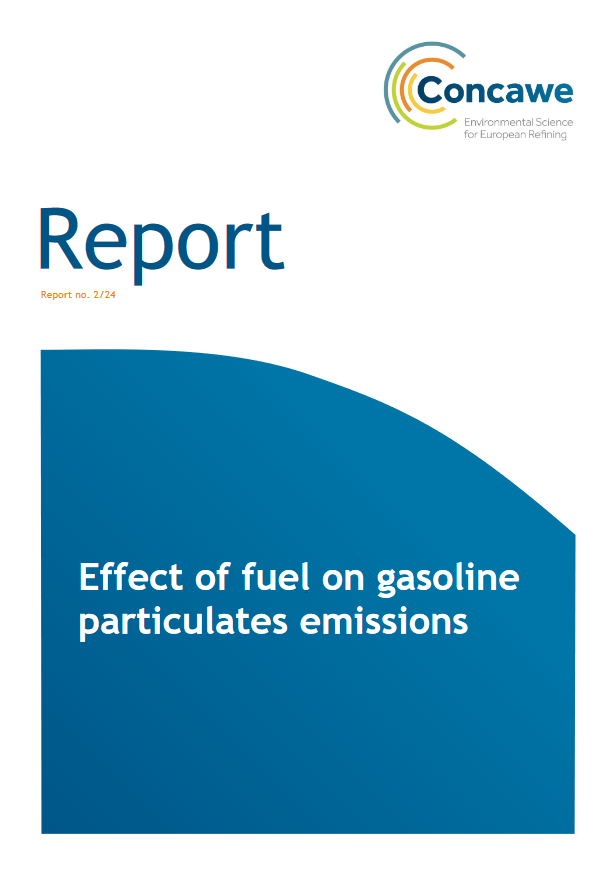
February 21, 2024
Effect of fuel on gasoline particulates emissions
Report Nº 2/24: Concawe conducted a research programme in cooperation with VTT examining the relationship between gasoline physical-chemical properties and particulate number (PN) emissions. The comp...
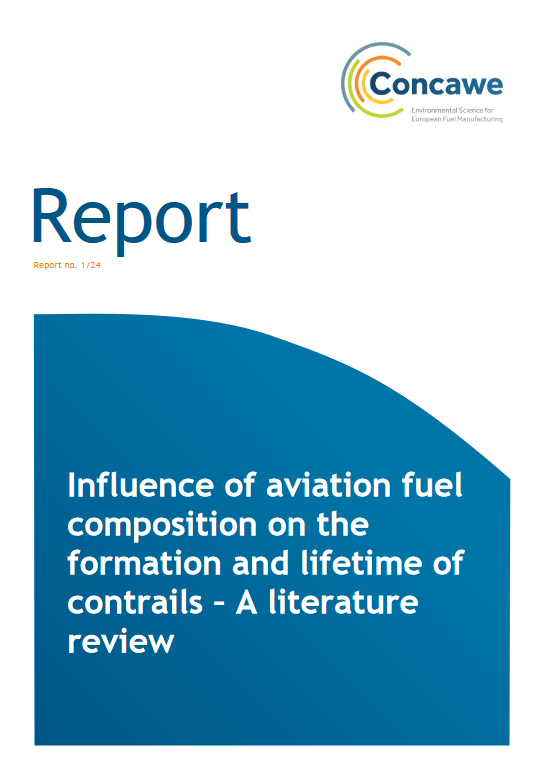
January 24, 2024
Influence of aviation fuel composition on the formation and lifetime of contrails – A literature review
Report No. 01/24: The question of how aviation fuel composition affects the formation and lifetime of contrails is a complex one. Although the theory regarding initial contrail formation is well-found...
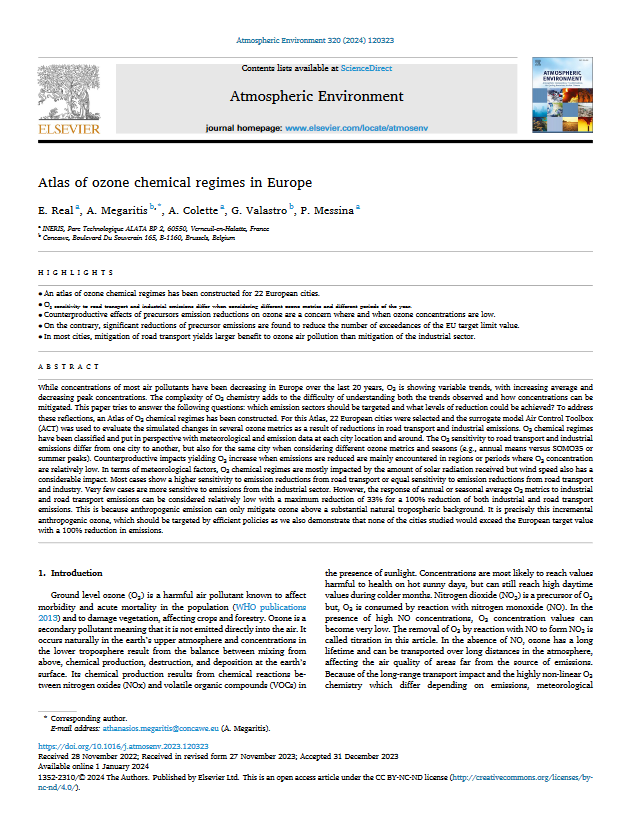
January 16, 2024
Atlas of ozone chemical regimes in Europe
While concentrations of most air pollutants have been decreasing in Europe over the last 20 years, O3 is showing variable trends, with increasing average and decreasing peak concentrations. The comple...
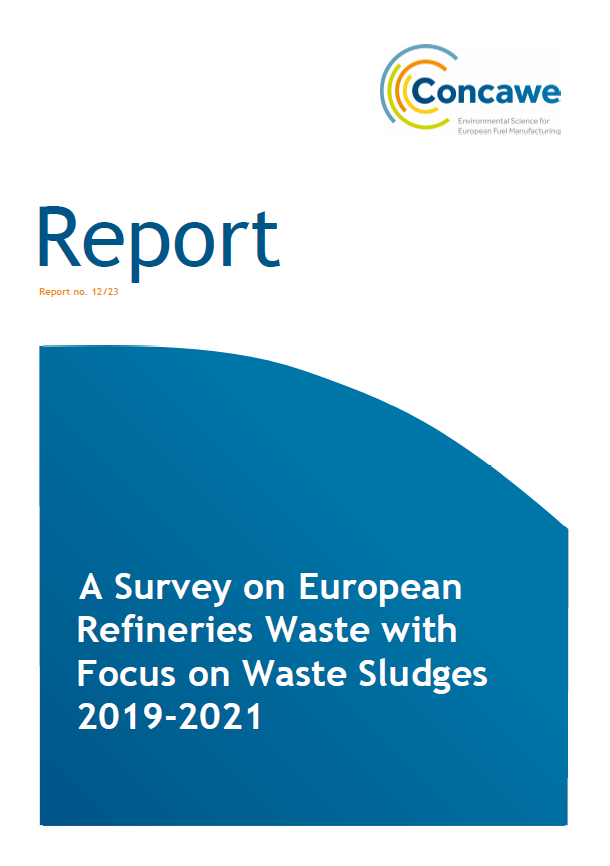
December 15, 2023
A Survey on European Refineries Waste with Focus on Waste Sludges 2019-2021
Report no. 12/23: This report provides a statistical analysis of waste production by Concawe member company refineries in the years 2019, 2020 and 2021, based on survey data returned from 68 member co...
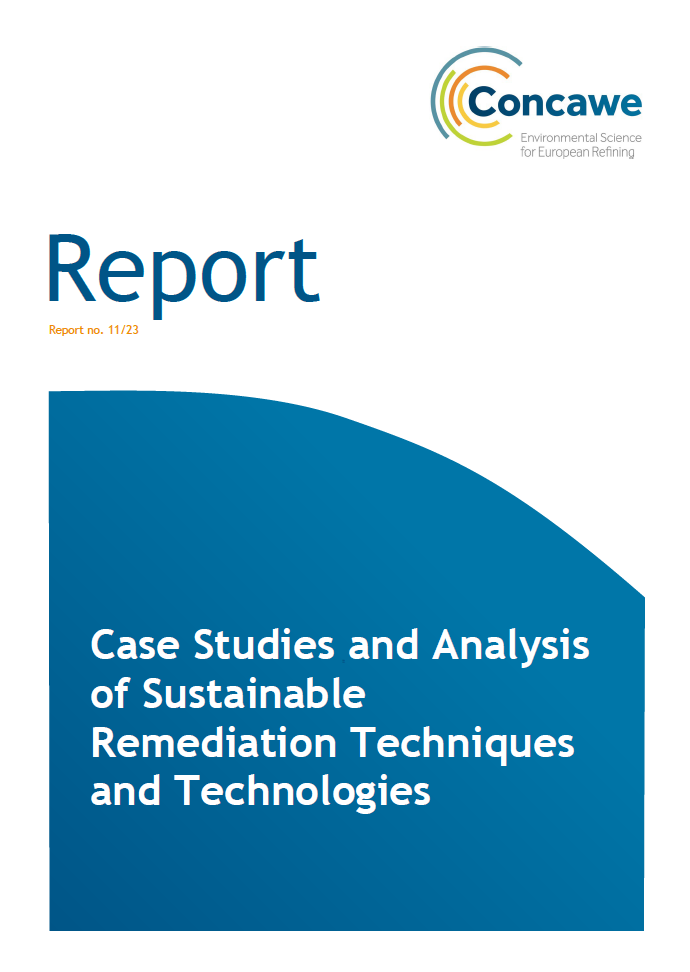
November 20, 2023
Case Studies and Analysis of Sustainable Remediation Techniques and Technologies
Report no. 11/23: The concept of sustainable remediation has become well established in the remediation industry and its application has spread around the world. However, there is a recognised gap in...
Subscribe to publications
You can subscribe here to receive notifications about new Concawe publications (Technical Reports and the Concawe Review)